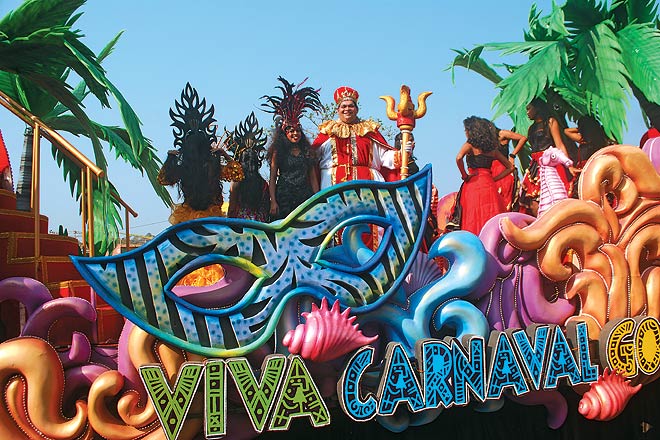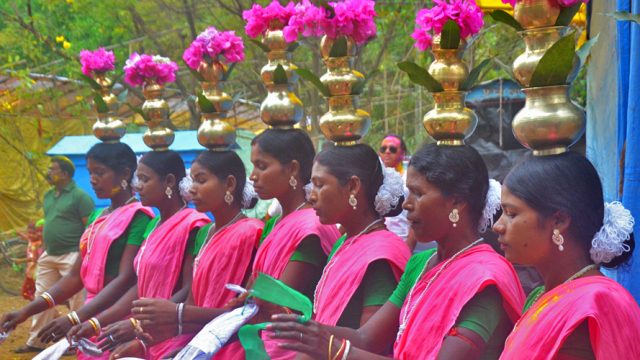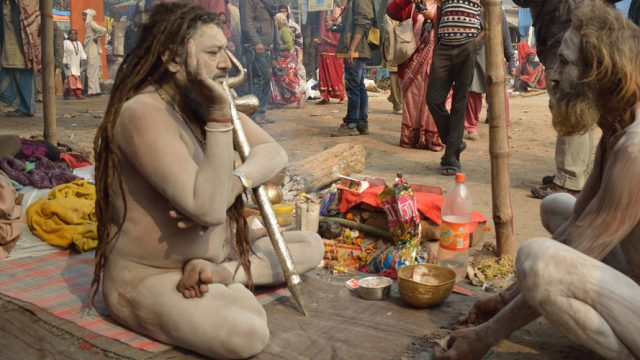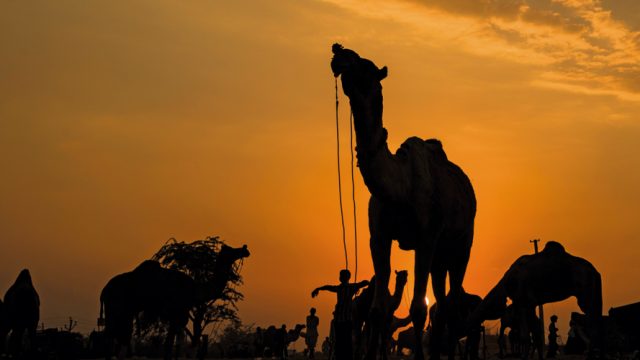First, let me confess. I don’t like beaches and think it has something to do with the
Carnival fever had gripped the city. All the roads to Panjim were packed with vehicles; we could hear the music; a helicopter was showering the carnival venue with flowers. I was worried about missing the carnival due to the traffic jam. Thankfully, we weren’t very late, and all around me were people in masks and feathered headgear—I wondered if I’d landed up in the middle of the parade. But no, the excited people in front of me were spectators. I had to wind my way through the dancing crowd to get to the media enclosure. While the Goa Carnival, from 6-9 February, is all glitzy and boisterous, it’s the people and their enthusiasm that makes it a success.
The parade was gorgeous and the excitement contagious. The floats went past the podium where the judges sat. I live in Delhi, so my perception of ‘big events’ have been negative—unruly crowds and over-eager law enforcement. Things are quite different in Goa. The congregation of thousands of people of all ages—foreign tourists included—took me by surprise, because all I saw was a disciplined crowd, busy singing and dancing, having fun and not bothering anyone.
The floats caught my attention. Goa seemed to be all gung-ho about responsible tourism. There were floats depicting rural, self-sustaining communities, nature conservation, forests, Swachh Bharat, recycling etc. I especially liked the Minions float—made entirely out of used plastic bottles—and a float depicting a typical Konkani village community. Such fun!
Travellers have always been fascinated with the Carnival and I could see why. The Carnival’s star—King Momo—and the history behind the festival initially registered with me as much pomp and show. When I read up on how it had been about the complex role-play between the colonial rulers and their subjects, I’d expected something like street performances depicting the olden days. But the actual carnival is anything but. Portuguese lifestyle, yes, but colonial guilt-trip, a big ‘no’. It was kind of nice to know that the shadow of colonialism has been successfully removed by the locals’ openness, generosity and tolerance towards other cultures—possibly because of the positive influence of tourism, and also the inherently liberal streak common to most Goans.
But there was a downside to all this—the traffic. When you take an hour and a half to cover a few hundred yards, that isn’t that nice. Coincidentally, that very day, the city was celebrating the Grape Escapade, a food and lifestyle fest, as well. Maybe hosting two big events on the same day isn’t a very people-friendly idea! One thing I regretted—not being able to get a carnival mask. I’d like to say that I failed to get through the sea of people to go to the shops, but the truth was that, there I was, busy gawking myself silly at the parade and getting fascinated by the minute at the kids doing back-flips. Go figure!
The Goa Carnival is held in February annually (goatourism.gov.in)
Goa Carnival
Viva Carnival
Leave a Reply
You must be logged in to post a comment.





